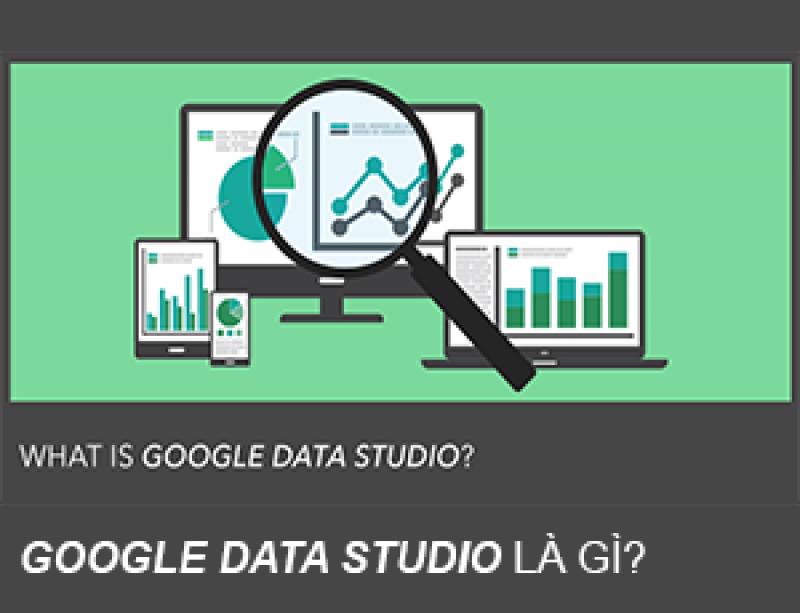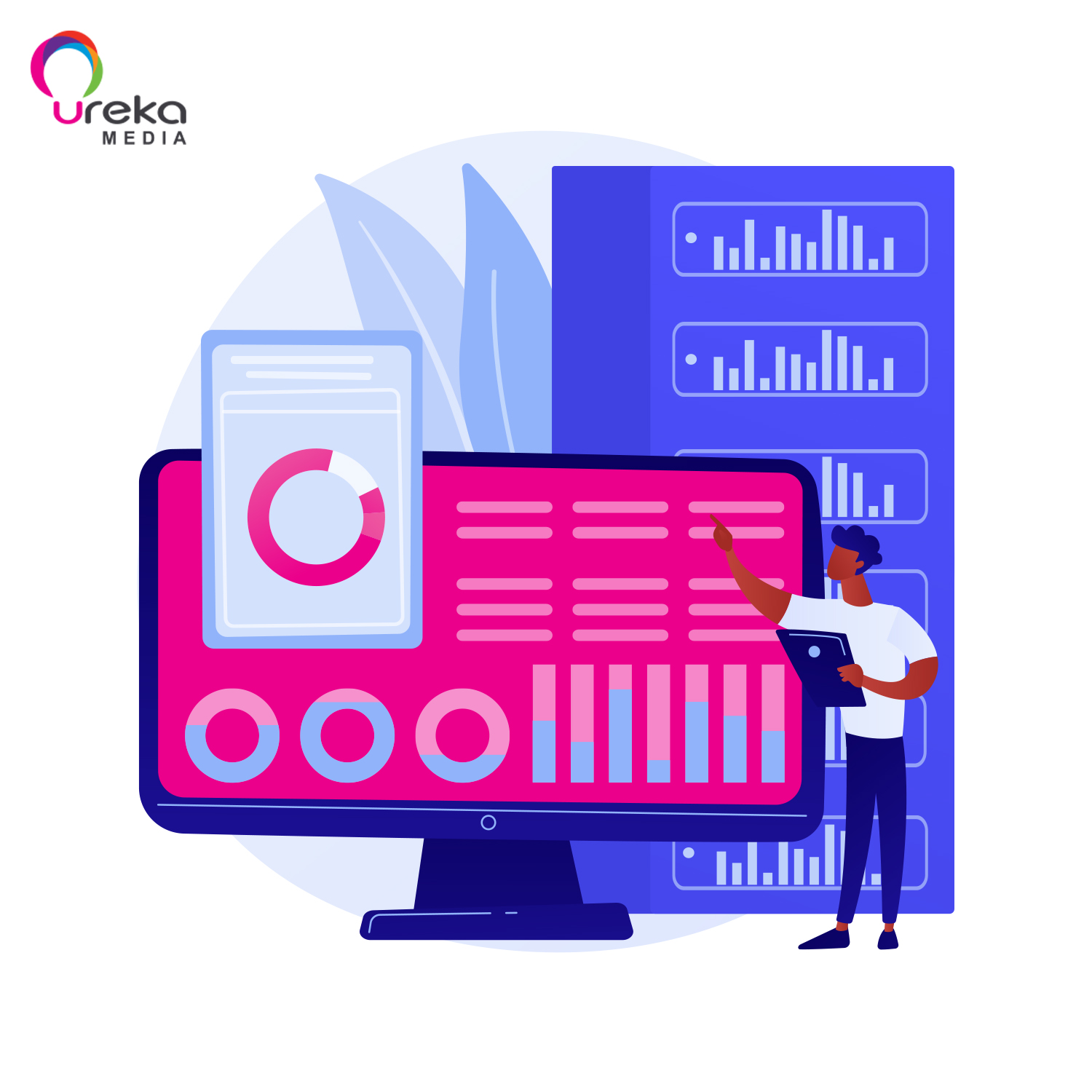


Make people SEE and REMEMBER the brand



Get people to UNDERSTAND and
WANT the brand



Change people's BEHAVIOR and
get them to CONVERT



Take care of people to CONVERT OFTEN and
ADVOCATE the brand
U News
WHEN IT COMES TO DATA-DRIVEN CAMPAIGNS, MARKETERS ARE DEMANDING MORE

Credit: Bazaarvoice
Data is the lifeblood of successful digital campaigns today and its use is nearly ubiquitous across major brands and agency partners. In fact, The Economist recently compared the value of data to that of oil.
But here's the tricky thing: While everyone seems to be using data, very few marketers are fully confident in the transparency of their data partners. Moreover, many of them do not understand the origins of the segments they target.
These findings were revealed as part of a comprehensive research project fielded by Bazaarvoice Advertising in partnership with Ad Age. Through 300+ interviews with mid- to senior-level brand marketers, agency buyers, and media, we explored how digital marketers are viewing the impact and credibility of their data partnerships.
Data from first- and third-party sources have become essential to reaching consumers with relevant and personalized messages that boost brand metrics and, ultimately, drive business impact. However, despite the ubiquity of data among agencies and advertisers alike, both the sources and quality of data are misunderstood and mistrusted.
The big takeaway: While data is seen as valuable, if not indispensable, to a marketer's toolkit, data partners can do a better job when it comes to espousing transparency and providing meaningful metrics to brands.
Here are some opportunities that emerged from the study and what they mean for marketers.
Put a different way, marketers are confident in the ability of data, as a concept, to drive business impact, but they aren't fully confident that the data they are using is getting them there. The message to marketers: You're not alone. Don't be afraid to ask tough questions and be proactive when it comes to asking partners about where data is sourced from and how frequently it is refreshed. Credible, transparent partners will always be ready and willing to educate you on the intricacies of their data.
Data providers can demonstrate value by upping their standards for measurement and reporting.
Since marketers are skeptical and lacking confidence when it comes to the quality and efficacy of their data, they should demand more clarity from their data providers to deliver a return on ad spend. Data providers, in turn, will want to constantly innovate and seek new ways to measure and report on the efficacy of their campaigns.
Sophisticated, first-party data plays are more accessible than you might think.
It's clear that first-party data is widely valued by marketers, but what kind of first-party data makes the most impact? When asked what they considered the top indicator of "good" data, more than 50 percent of all respondents said engaging with ratings and reviews or product detail pages was the top indicators for predicting if a consumer will buy. While traditionally marketers have relied on retargeting to capture previous page visitors, vast networks of data that oversee the shopping behavior of multiple retail and brand websites allow brands to benefit from the collective insights of millions of pageviews and thousands of partners.
Data has come a long way, but as the research indicates, there are a host of opportunities to improve the way data providers, brands, and agencies work together to drive impact. It's clear that using data in digital advertising is not going away, but marketers must ask the right questions about their data and demand more transparency from their partners to achieve returns on their ad spend.
Per our study, 33 percent of brand-side respondents and 22 percent of agency respondents stated outright that their data partnerships lacked innovation. On top of that, a third of respondents said they lacked the data needed to "move the needle." This lack of complacency suggests that marketers have room to be more bullish when it comes to testing newer, more innovative data sources. In turn, with new strategies in play, data providers will need to be more transparent and more accountable when it comes to measurement.
Source: Adage
Related Post
Recent Post











